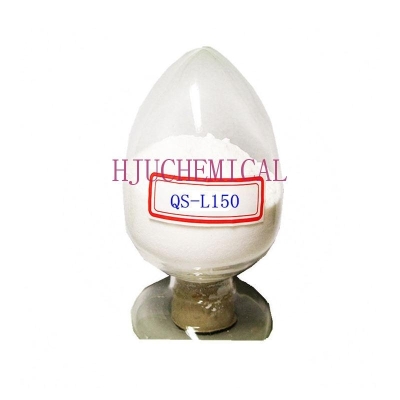-
Categories
-
Pharmaceutical Intermediates
-
Active Pharmaceutical Ingredients
-
Food Additives
- Industrial Coatings
- Agrochemicals
- Dyes and Pigments
- Surfactant
- Flavors and Fragrances
- Chemical Reagents
- Catalyst and Auxiliary
- Natural Products
- Inorganic Chemistry
-
Organic Chemistry
-
Biochemical Engineering
- Analytical Chemistry
-
Cosmetic Ingredient
- Water Treatment Chemical
-
Pharmaceutical Intermediates
Promotion
ECHEMI Mall
Wholesale
Weekly Price
Exhibition
News
-
Trade Service
Fiber-reinforced polymer 3D printing is rapidly approaching a commercial tipping point
.
Technology and Materials Analysis
Technology and Materials Analysis Technology and Materials AnalysisMost of the market for fiber reinforced polymers (FRP) is dominated by glass fiber and carbon fiber thermoplastics, as mentioned in the latest IDTechEx market report "3D Printing Composites 2021-2031"
.
Most of the market for fiber reinforced polymers (FRP) is dominated by glass fiber and carbon fiber thermoplastics, as mentioned in the latest IDTechEx market report "3D Printing Composites 2021-2031"
.
△ Overview of polymer composites
At the heart of the industry are materials, which determine part properties and printer requirements, and are a key part of the business model
.
At the heart of the industry are materials, which determine part properties and printer requirements, and are a key part of the business model
.
Numerous strategic partnerships are being formed between emerging hardware manufacturers and major chemical companies, as well as activities between chemical companies, such as BASF's acquisition of the Owens Corning production line in 2020
.
The latest development of the industry The latest development of the industry
Much of the activity in this area of 3D printing composites has been concentrated in the United States
.
Much of the activity in this area of 3D printing composites has been concentrated in the United States
.
Plus, classic hardware sales aren't the only model
.
The application of composite 3D printing The application of composite 3D printing
Additive manufacturing is currently still hampered by factors such as productivity, mix of materials available, training and expertise requirements, and scale compared to traditional manufacturing
.
While the manufacturing floor remains a potentially favorable area with clear added value, with the emergence of new solutions and the potential of this technology in high-value industries such as aerospace and medical, composite printers can not only replace metal parts , and can also drive design improvements
.
And many companies are finding that bringing the technology in-house reduces supplier costs and inventory challenges associated with replacement parts
.
While the manufacturing floor remains a potentially favorable area with clear added value, with the emergence of new solutions and the potential of this technology in high-value industries such as aerospace and medical, composite printers can not only replace metal parts , and can also drive design improvements
.
And many companies are finding that bringing the technology in-house reduces supplier costs and inventory challenges associated with replacement parts
.
What is the market outlook?
What is the market outlook? What is the market outlook?IDTechEx predicts that by 2031, the total 3D printing composites market revenue will reach $2 billion from a modest value in 2021
.
Despite the impact of the pandemic on the global market, the use of 3D printers is recovering fairly quickly, and it will move in the direction of accelerating the distributed supply chain of 3D printing
.
.
Despite the impact of the pandemic on the global market, the use of 3D printers is recovering fairly quickly, and it will move in the direction of accelerating the distributed supply chain of 3D printing
.
Although the installed volume of composite 3D printers is currently much smaller than that of polymer printers, the future growth trend is very obvious
.
Existing polymer printers can often use partial composites, but the loading percentage is very low and there are some limitations
.
The growing installed base will generate substantial follow-on sales of materials, software and services, which will quickly outpace hardware sales
.
.
Existing polymer printers can often use partial composites, but the loading percentage is very low and there are some limitations
.
The growing installed base will generate substantial follow-on sales of materials, software and services, which will quickly outpace hardware sales
.







